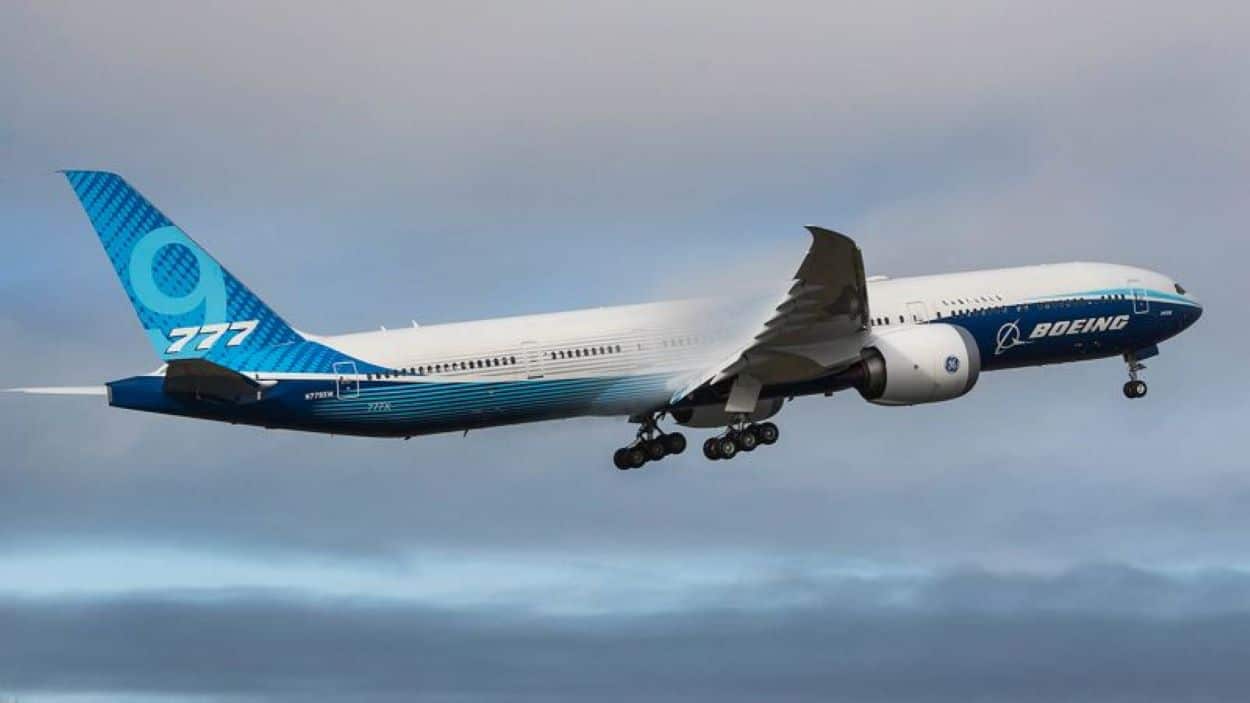Boeing has halted flight testing for its 777X wide-body jet after discovering a faulty part that connects the engine to the aircraft body.
The issue highlights the latest challenge in the company’s ongoing struggle with quality control. “During scheduled maintenance, a component that did not perform as designed was identified,” Boeing stated to AFP.
The team is replacing the problematic part and intends to apply any insights gained to future operations. An initial report from The Air Current confirms that testing will resume once the aircraft is ready.
In recent years, Boeing has faced significant safety and quality concerns. A troubling incident with an Alaska Airlines Boeing 737 MAX in January intensified scrutiny on the company. Kelly Ortberg, Boeing’s new CEO, assumed the role this month and is committed to rebuilding trust. He plans to operate out of Seattle, closer to Boeing’s commercial aeroplane programs.
The 777X, introduced in November 2013, is the newest member of the successful 777 family. As the world’s largest twin-engine jet, it has secured over 500 orders but has yet to commence commercial flights. The specific part causing the recent halt is exclusive to the 777-9 model. Following this setback, all test models of the 777-9 are under inspection.
The 777X includes three models: the 777-8, the 777-9, and a cargo version, the 777-8. Initially scheduled for a 2020 launch, the aircraft’s introduction has been postponed to 2025 due to certification delays.
Despite not receiving clearance from the US Federal Aviation Administration (FAA), Boeing achieved a significant milestone in July by gaining FAA approval to conduct test flights with FAA representatives onboard.
Following a challenging second quarter, where Boeing reported a $1.4 billion loss, there has been a resurgence in plane orders. In July, particularly after the Farnborough International Airshow in the UK, Boeing secured 72 new orders, including 57 for its 737 MAX. Shortly after, El AL finalized an order for up to 31 737 MAX planes, the largest in the airline’s history.






